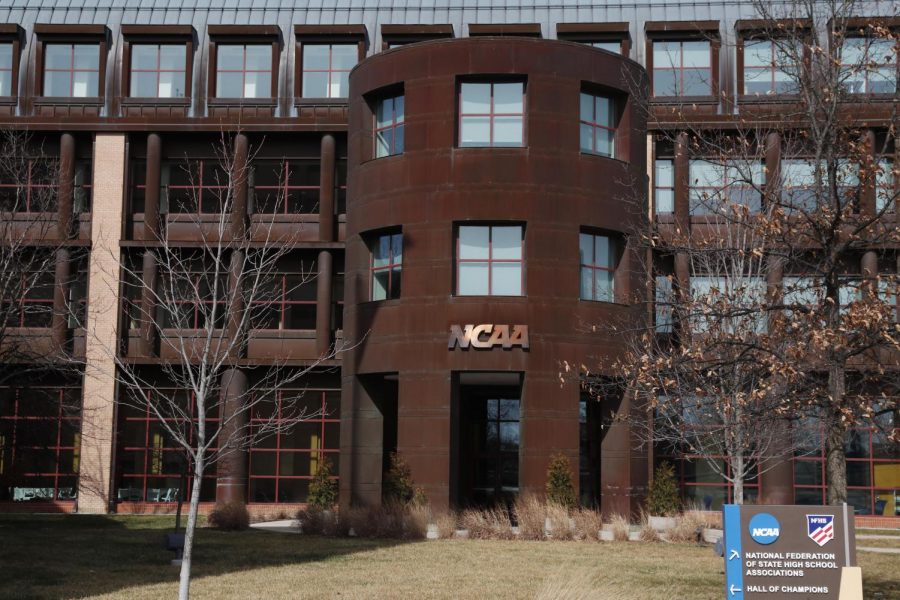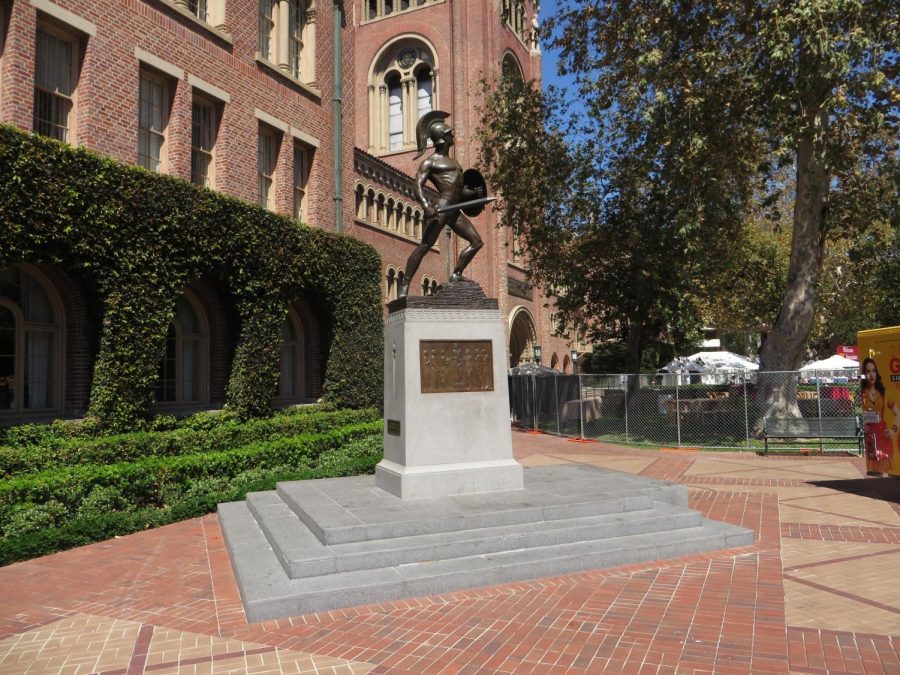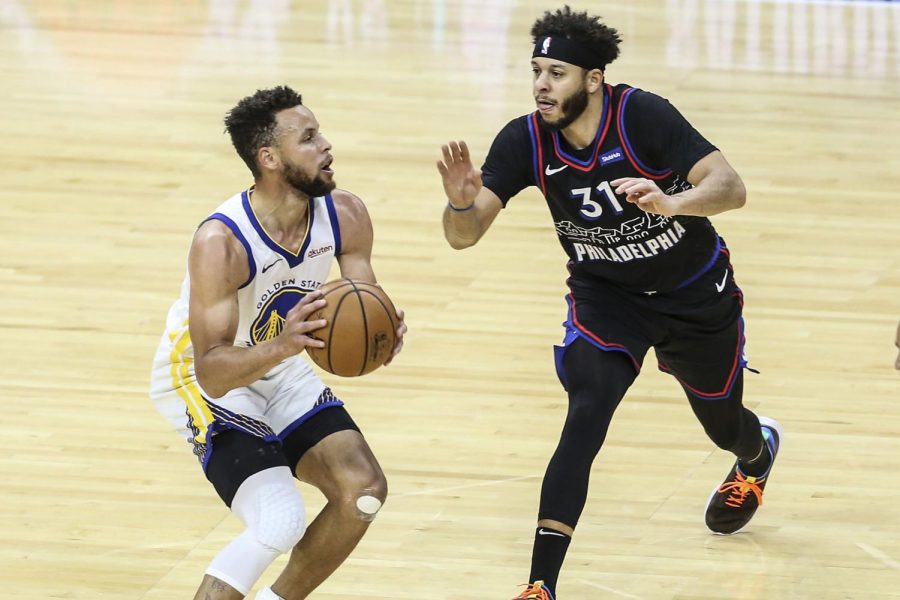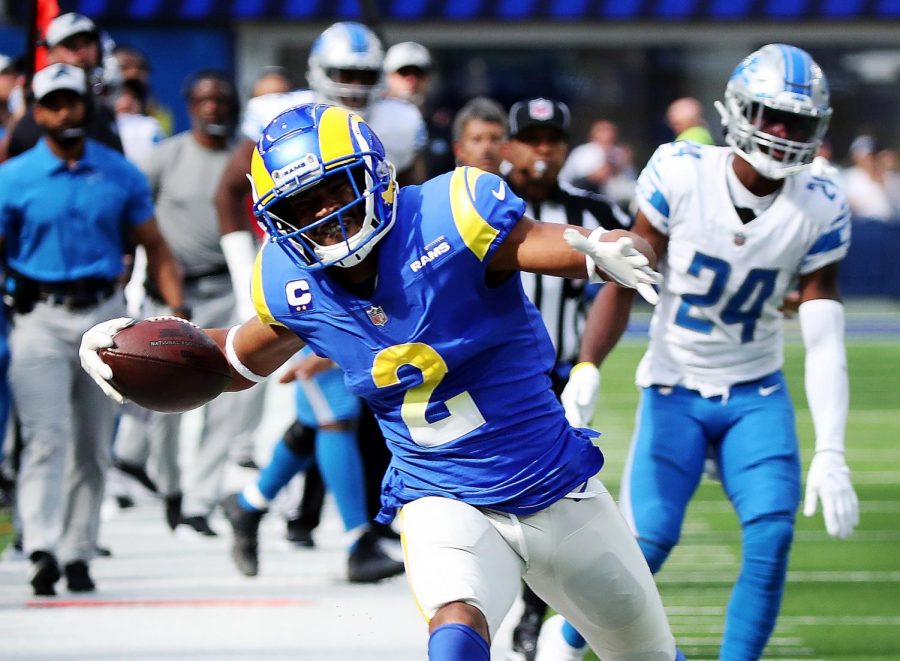Division-I College recruiters have become wolves in sheep’s clothing.
Lies and myths are tools recruiters use to influence young high school athletes or junior college athletes to believe what they say is always true.
According to the National Collegiate Athletic Association (NCAA), more than 180,000 student-athletes receive around $3.6 billion in athletic scholarships in Divisions I and II each year.
When you hear a recruiter say “Everyone on an athletic scholarship gets a full ride,” that isn’t the case.
They say this for their own personal earnings and how much money they can receive off one athlete committing to their school.
College recruiters have become used car salesmen; their sneaky tactics are starting to be exposed.
The NCAA reports that an average Division-I athletic scholarship is roughly $18,000 a year which doesn’t come close to covering a whole year’s worth of schooling for student-athletes.
It’s unfortunate that athletes who come from low income families must discover this harsh reality out on their own.
These families still have to fork over money when their son or daughter’s schooling and tuition is allegedly covered by their “scholarship funds.”
How scandalous! It has come to the point that juniors or seniors in high school who are being looked at by Division-I universities need to do research on their own and discover the truth about the myths these college recruiters confidently say.
Some programs, however, do offer full-ride scholarships.
For instance, lower Division I-A football sub-league and Division-I basketball, are the only sports allowed to give full-ride scholarships to incoming college athletes.
For women athletes, sports such as basketball, volleyball, tennis and gymnastics offer full-ride scholarships.
Other sports for both men and women fall under the category of being equivalency sports. This means that leftover scholarship money for each sports team at universities can be divided amongst players.
This rule makes athletes look like a pack of dogs fighting over leftover meat in an alley. In other words, if athletes don’t live up to their coaches expectations, then they are booted off the team.
Their scholarship is gone forever.
No other rules have been put in place on how many athletes can be on scholarship. However, each scholarship needs to be renewed meaning athletes on scholarships need to remind their coaches why they are worthy enough of being on a scholarship.
It has become a mindset, invoking the common phrase “survival of the fittest.”
To the families of student athletes and athletes themselves, take ownership of the recruiting process.
Doing this task will benefit the future of your collegiate career, if not save it from the careless mindsets of recruiters.















